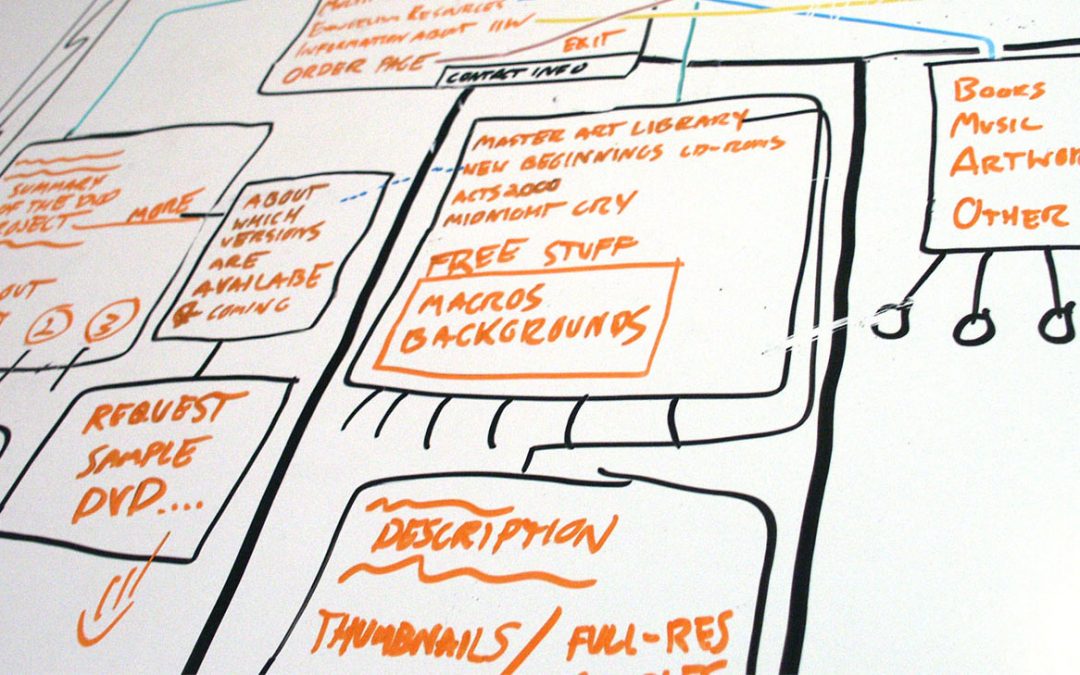Everyone, whether they are senior management, middle management, line management or the hands-on employee has much to gain from Lean. Lean can buffer the impact of chronic issues of emotional fatigue and performance pressure. It also helps with the stress of accountability in the face of difficult external and internal factors and and unrealized personal aspirations. Lean can combat the cynicism that arises from the pettiness of others in our internal environments as well as the externalities of greed that we see in the marketplace. Lean mitigates our fears about the future and the security of our shaky enterprise under the pressure of increasingly burdensome externalities.
As we think about Lean and burnout we should definitely use the A3 structure to consider the issues. Our thesis is that Lean does deliver changes that support all employees in their personal daily battle against burnout. Burnout is a product of a difficult environment usually from both internal and external realities. It should not be mistaken as an aversion for the work of providing care, or even as an unwillingness to sacrifice. Burnout arises from a lack of results and a continuing expectation of decline with no hope for reversal or relief and without the ability to withdraw with respect.
There are some policies like forced “R and R” that military organizations use to yield minimal improvement. Platitudes from leaders that call for better attitudes without associated change introduce more cynicism and accelerate the burnout processes. Ultimately understanding of corporate strategy, clarity about expectations, and trust that one has personal security are all necessary but insufficient to establish the internal environment and the stability of relationships that must exist if the individual is ever to be able to resist the forces that produce burnout.
What might happen if we began to think about reducing burnout and returning the joy to practice as an explicit part of the message describing the purpose of Lean? I think that it would be exciting to begin to showcase Lean to organizations as an antidote to burnout. Lean can be the balm for burnout. We need to articulate what we believe Lean can do and add improved employee health and a better work environment as a more explicit outcome of the transformation objectives of an organization that is beginning a Lean journey.
The motivation to return joy to the practice of medicine and to reduce the risk of burnout perhaps should become a “true North” value and an explicit part of all value streams. Burnout at any level is a form of waste and diminishes the quality that the customer experiences. Not to address something as disruptive and injurious as burnout is antithetical to the desire to create quality.
The Triple Aim is a noble goal. The Triple Aim “plus one” (where the “plus one” is the improvement of the work life realities of everyone who is engaged in the enterprise) is perhaps an overall strategy that is simultaneously more humane and more likely to succeed.


